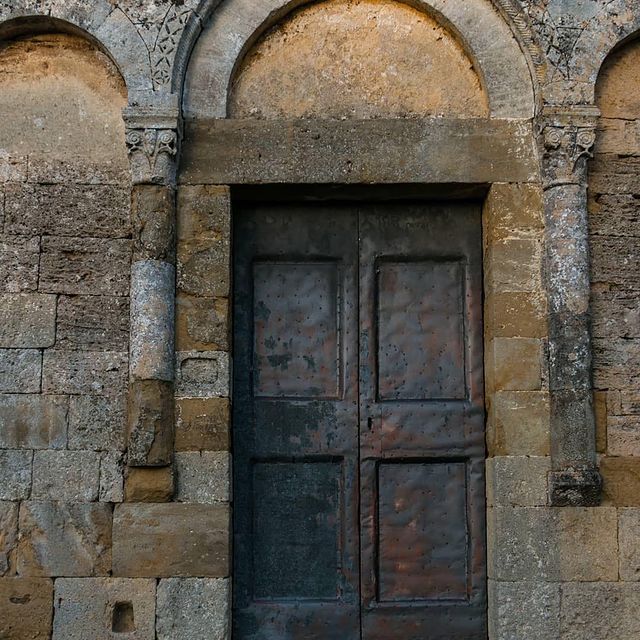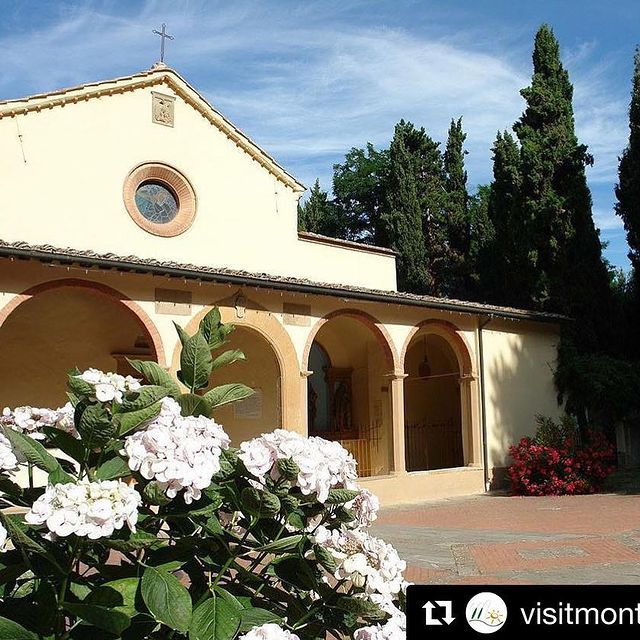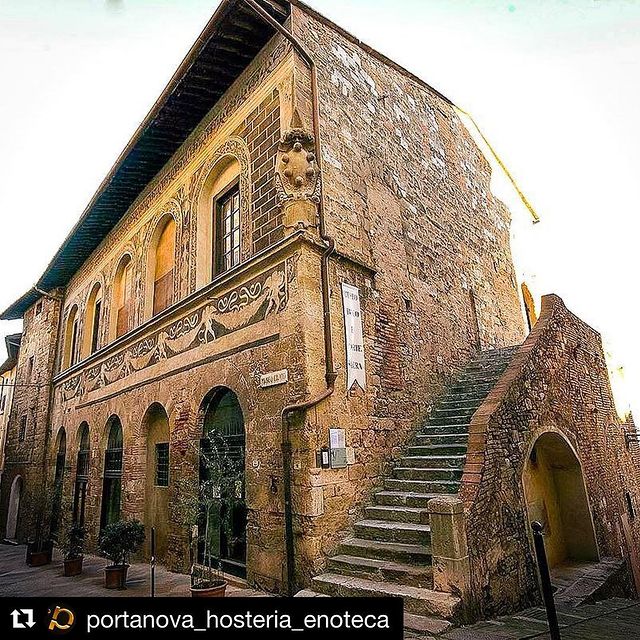Story
San Gimignano
San Gimignano is an Italian Comune (Municipality), in the Province of Siena and in the Region Tuscany, it is part of Valley of Elsa river. Located about 35 kilometres (22 miles), North of Siena, known as the “Town of Fine Towers”, San Gimignano is famous for its medieval architecture, unique in the preservation of sixteen its tower houses, which, with its hilltop setting and encircling walls form “an unforgettable skyline”. The Historic Centre of San Gimignano is a UNESCO world heritage. The town also is known for the white wine “Vernaccia di San Gimignano” produced from the ancient variety of vernaccia grape which is grown on the sandstone hillsides of the area. Main sights: the Palazzo Comunale, the Collegiate Church, and Church of Sant‘Agostino contain frescos, including cycles dating from the 14 and 15 century.
Source: Wikipedia
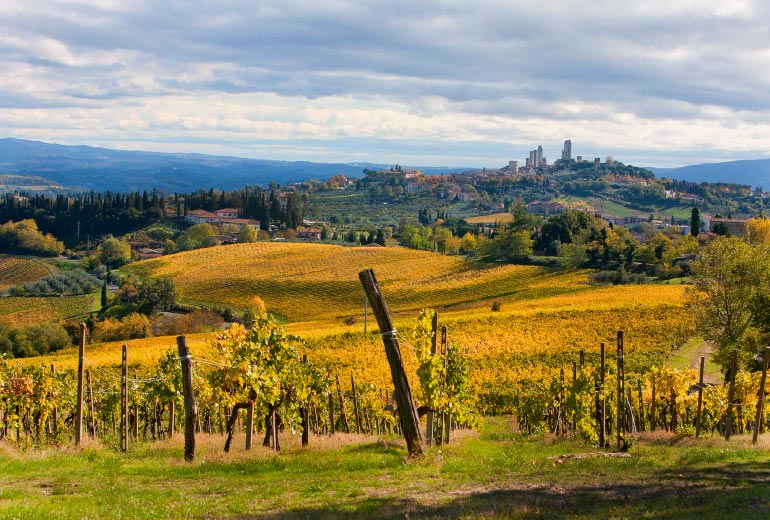
© Bruno Bruchi
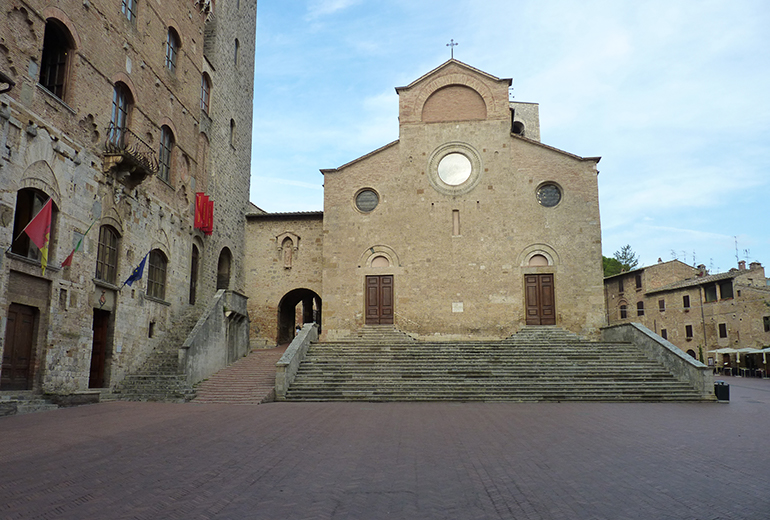
© Proloco di San Gimignano
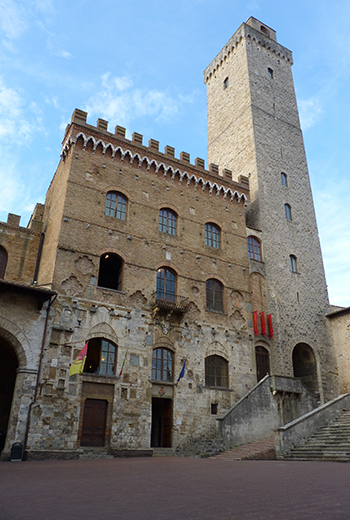
© Proloco di San Gimignano
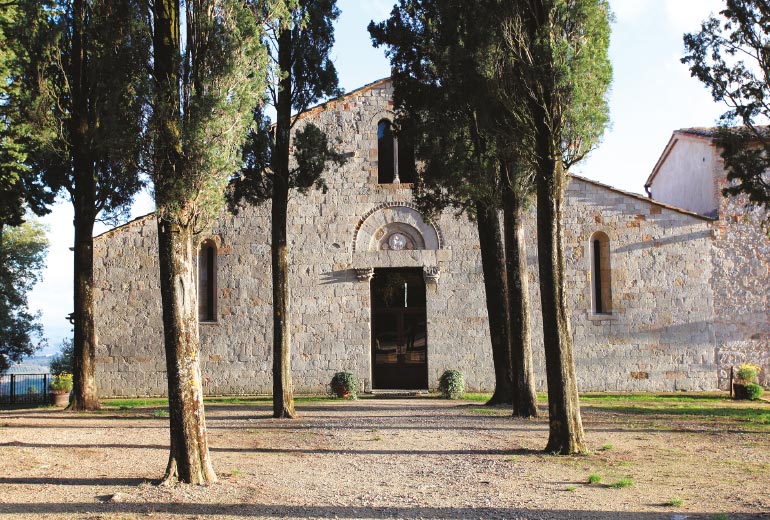
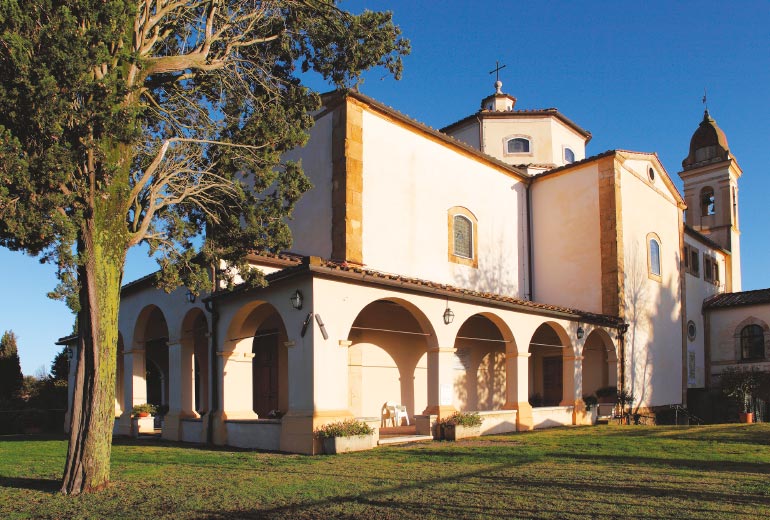
© Gruppo Storico Castelvecchio
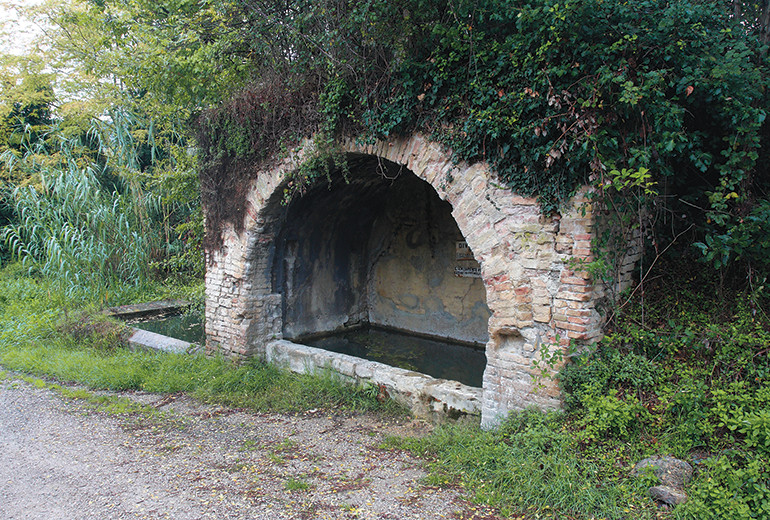
© Gruppo Storico Castelvecchio

© Gruppo Storico Castelvecchio
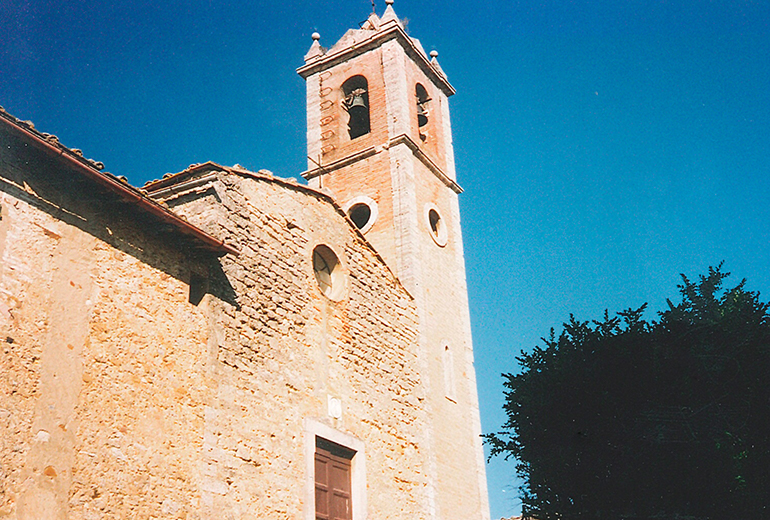
© Gruppo Storico Castelvecchio
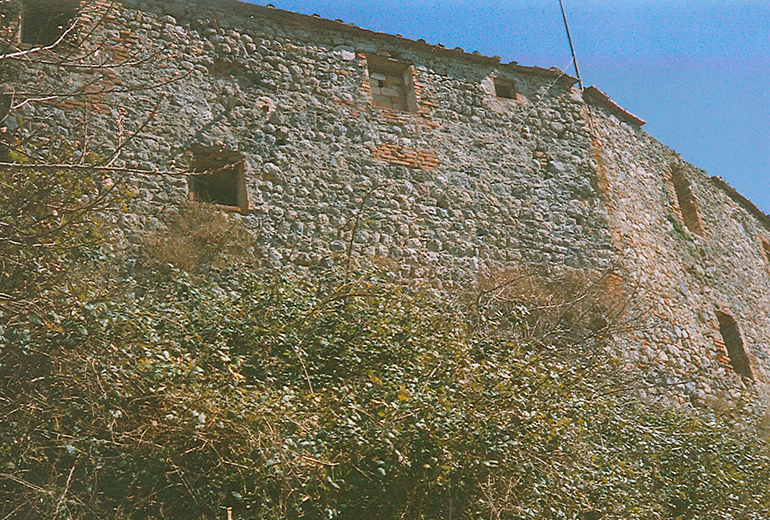
© Gruppo Storico Castelvecchio
Survey
Historic artistic sites
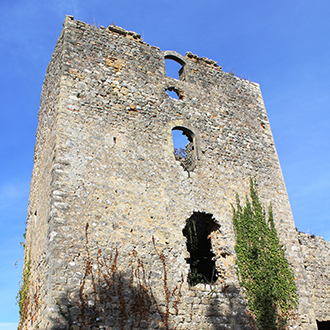
Castelvecchio in Val d'Elsa Show position
LOCATION: in an isolated position on the summit of a forested hill at a short distance from Il Caggio. It can be reached by proceeding along a deviation on the right of the road that goes from San Gimignano to Volterra, passing through Castelsangimignano.
HISTORIC SIGNIFICANCE: a Papal Bull issued by Pope Lucio II in 1144 instructed that “Castrum Vetus” (old castle), or Castelvecchio, be placed under the control of the Bishop of Volterra.
It was also a bishop of Volterra, Ildebrando de’ Pannocchieschi, who ceded the property in 1210 to the Municipality of San Gimignano, and as a result Castelvecchio became the battleground of numerous wars between San Gimignano and Volterra.
When it ceased to be used for military purposes, Castelvecchio declined, was abandoned by its citizens and declared a plague area in 1485.
The local church was still in existence in the eighteen hundreds, but the impenetrable undergrowth overgrew everything until some twenty years ago when a group of voluntary workers decided to clean up the site of this ancient settlement.
DESCRIPTION: thanks to the work of volunteers, many of the ruins of Castelvecchio have miraculously emerged from the undergrowth, like the surrounding walls, the church, the bastions and the main buildings. This work continues although fraught with difficulties.

Santuario di Pancole Show position
LOCATION: set amongst a group of buildings which form part of the village of Pancole on a local road at about 4 Km. from San Gimignano.
HISTORIC SIGNIFICANCE: It is necessary to recall that on the 2nd May 1668 a marble altar table was discovered in the middle of an oak forest by a mute child who miraculously acquired the ability to speak. By popular desire, a sanctuary was built on the spot and consecrated on 14th September, 1727.
The sanctuary was severely damaged during the Second World War but rebuilt by popular consensus.
DESCRIPTION: the building in the form of a Latin cross with central cupola is surrounded by a portico. Internally, a picture of the Madonna with Child, also found in the forest mentioned above, has been placed above the high altar.
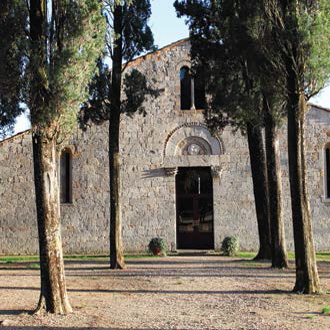
Pieve di Cellole Show position
LOCATION: in an isolated and dominant on a deviation to the right of the road linking San Gimignano to Gambassi Terme and Montaione, passing through Camporbiano.
HISTORIC SIGNIFICANCE: the church dates back to the XI century, according to records which refer to Cellole, where, in 1150 a church was built with a single nave and some fifteen metres in length. It was enlarged in 1233 to its present size. It was declared a national monument in the 1800’s, followed by disuse for unknown reasons and restored with modifications to the facade and the apse.
DESCRIPTION: the church is a Romanesque structure, constructed in carefully squared and aligned stone masonry. The facade is simple and harmonious with a central characteristic door with two lateral pilasters and a capitol of unequal size, superimposed by a stone arch above which is a beautiful lancet window.
Internally there are three naves with a central apse, enriched externally by blind arches.
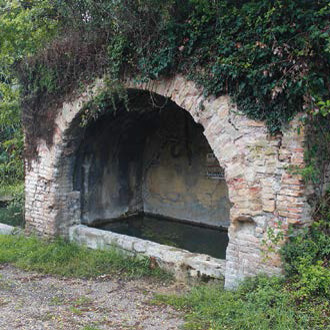
Il Guazzatoio Show position
LOCATION: in an isolated position, on a short deviation, on the right of the road which goes from San Gimignano to Volterra, passing through San Donato and Castelsangimignano.
HISTORIC SIGNIFICANCE: around a living spring, a factory mill was built which dates from time immemorial and was transformed over the centuries and finally took on its present shape in the XVIII or XIX century.
Il Guazzatoio was probably also used for washing and dyeing material as well as supplying water to man and beast.
DESCRIPTION: a factory constructed in brick with a central core, characterised by a large rounded arch, and with two external basins. Worth noting is a coat of arms (upside down), can be seen on the left external wall.
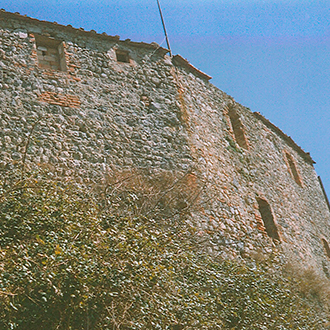
CiternaShow position
LOCATION: on the top of a hill and at the end of a lane, which is a deviation on the right of a local road , which is also a deviation on the left of a more important road which goes to San Gimignano to Gambassi Terme and Montaione passing through Camporbiano.
HISTORIC SIGNIFICANCE: the Citerna’s castle was destroyed during a war in 1230 and was rebuilt by the Municipality of San Gimignano and then transformed into a villa and used for residential purposes by the Ardinghelli family, the owners of the surrondings lands. In the XV century the villa became the hospital of Santa Fina.
DESCRIPTION: most of the external walls were part of the ancient castle and were built of squared cut stone on which the rest the perimetre walls of the famrs buildings, arranged around the villa.
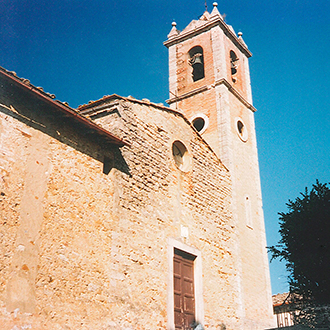
San Lorenzo a MontautoShow position
LOCATION: at the end of a group of house which today constitude Montauto which was located on the ancient “hilltop”Francigena and which today is a local link road with a deviation to the left, leading onto another road of more importance which leads from San Gimignano to Volterra, passing trough Castelsangimignano.
HISTORIC SIGNIFICANCE: the castle of Montagutolo (or Montauto), known as far back the X century, seems to have included a church dedicated to San Lorenzo and which was specifically mentioned in an instruction by Pope Alessandro III, issued in 1171.
Both castle and church were destroyed in the first half of XIII century. The church was rebuilt and assumed a certain importance and was elevated to a Provest’s residence in 1784. It was again rebuilt in 1892 at the time when the bell tower was built.
DESCRIPTION: the rectangular building without apse was built of stone and brick work. Over the entrance door on the facade on the eastern side of the building is a niche, which at one time was located on the western side where is now a buttress. The bell tower is on the eastern side of the building on the right of the church and shows signs of recent restoration.
Photogallery
#instavaldelsa
We want people to get to know the Valdelsa through your point of view. Show us how you see our countryside with your smartphone, posting pictures on your Instagram profile using the hashtag #instavaldelsa. The most beautiful pictures will be picked and posted on the official account @valdelsaintoscana. Share your Valdelsa Experience!
